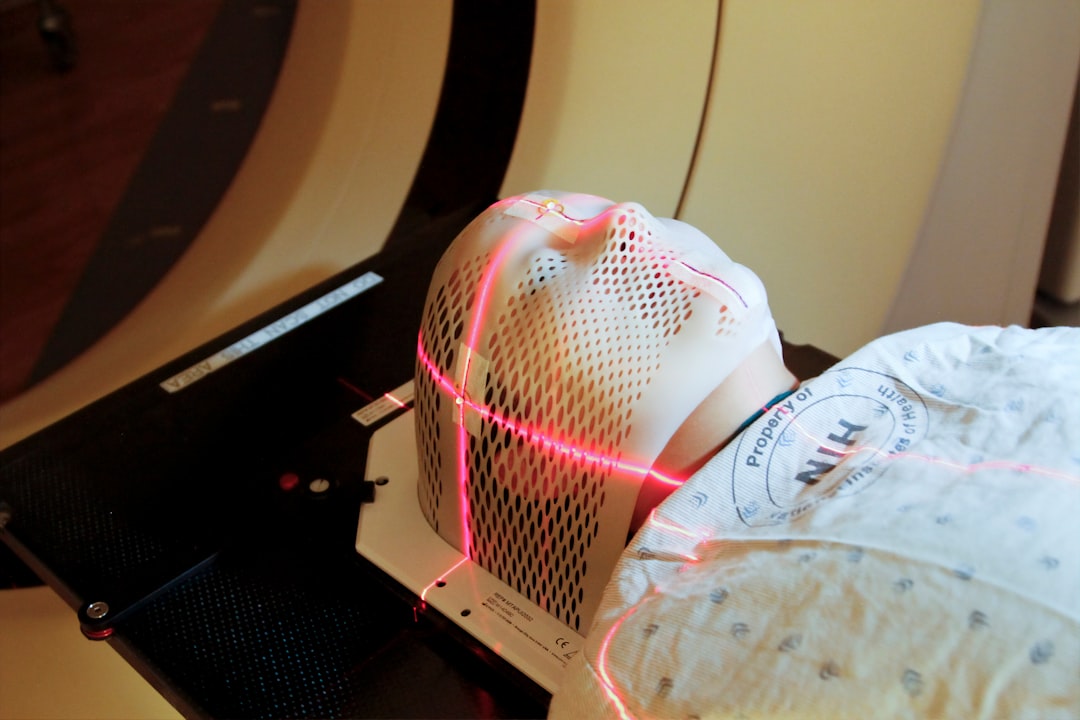What is it about?
Presenilin 1 gene (PSEN1) mutations are the most common cause of familial Alzheimer’s disease (FAD). One of the most abundant FAD mutations, PSEN1 A431E, has been reported to be associated with spastic paraparesis in about half of its carriers, but the determining mechanisms of this phenotype are still unknown. In our study we characterized three A431E mutation carriers, one symptomatic and two asymptomatic, from a Mexican family with a history of spastic paraparesis in all of its affected members. At cognitive assessment and MRI, the symptomatic subject showed an atypical non-amnestic mild cognitive impairment with visuospatial deficits, olfactory dysfunction and significant parieto-occipital brain atrophy. Furthermore, we found several periventricular white matter hyperintensities whose progression pattern and localization correlated with their motor impairment, cognitive profile, and non-motor symptoms. Together, our data suggests that in this family the A431E mutation leads to a divergent neurological disorder in which cognitive deteriorationwas clinically exceeded by motor impairment and that it involves early glial and vascular pathological changes.
Featured Image
Why is it important?
Presenilin 1 gene (PSEN1) mutations are the most common cause of familial Alzheimer’s disease (FAD). One of the most abundant FAD mutations, PSEN1 A431E, has been reported to be associated with spastic paraparesis in about half of its carriers, but the determining mechanisms of this phenotype are still unknown. In our study we characterized three A431E mutation carriers, one symptomatic and two asymptomatic, from a Mexican family with a history of spastic paraparesis in all of its affected members. At cognitive assessment and MRI, the symptomatic subject showed an atypical non-amnestic mild cognitive impairment with visuospatial deficits, olfactory dysfunction and significant parieto-occipital brain atrophy. Furthermore, we found several periventricular white matter hyperintensities whose progression pattern and localization correlated with their motor impairment, cognitive profile, and non-motor symptoms. Together, our data suggests that in this family the A431E mutation leads to a divergent neurological disorder in which cognitive deteriorationwas clinically exceeded by motor impairment and that it involves early glial and vascular pathological changes.
Perspectives
Our paper would be of interest to the wide readership, and would be particularly timely given the ongoing and increasing interest in presymptomatic prevention trials for familial AD. Recognition that the PSEN1 A431E mutation may present with an atypical and predominantly motor phenotype is important for the interpretation of trials involving carriers of this mutation, is relevant for clinical diagnosis and prognosis, and will also be informative for basic science researchers investigating this mutation from a mechanistic perspective.'
Dr MARCO ANTONIO MERAZ RIOS
Read the Original
This page is a summary of: Clinical Association of White Matter Hyperintensities Localization in a Mexican Family with Spastic Paraparesis Carrying the PSEN1 A431E Mutation, Journal of Alzheimer s Disease, February 2020, IOS Press,
DOI: 10.3233/jad-190978.
You can read the full text:
Contributors
The following have contributed to this page










